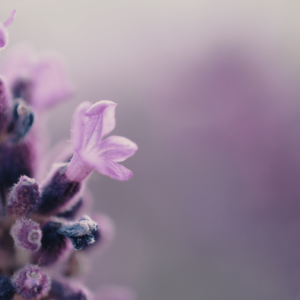Protect Monarch Butterflies: What Can You Do In Your Naturehood?
Recent research on Monarch Butterflies shows a sharp decline in its numbers since monitoring began nearly 20 years ago.
Part of the problem lies in the parallel decline of milkweed – a plant that Monarchs rely on for food and protection. Milkweed, often eradicated through the use of pesticides, is vital to the Monarch’s ability to survive and reproduce.
Here are 3 things you can do in your own yard, terrace, community garden or other green space to be a good neighbour in your NatureHood!
- Plant native species—they have adapted to your local soil and climate conditions so they don’t need watering or fertilizers (or pesticides!) to thrive.
- Include plants the butterfly will need at all four stages of its life cycle. Milkweed for the egg and larvae stage, and then any nectar-producing flower will do. Favourite flowers are mainly from the asteraceae, or sunflower and daisy, family of plants.
- Go for colour! In general, butterflies prefer yellow, pink, orange and purple flowers.
[separator headline=”h2″ title=”Start your monarch garden today”]
Milkweed is a perennial and once planted will brighten up your garden for many years. Only large insects, such as butterflies, moths and bumblebees, can successfully pollinate milkweeds. In nature, seeds are dispersed by the wind in the fall, but you can also collect them in the early fall and sew them yourself in late fall.
Here’s a list of some commonly available milkweed species:
Common milkweed – Asclepias syriaca (bloom time: June to early August)
Swamp milkweed – Asclepias incarnata (bloom time: June to September)
Butterfly milkweed – Asclepias tuberosa (bloom time: June to September)
Poke milkweed – Asclepias exaltata (bloom time: June to early August)
The availability of adequate nectar resources is an absolute must for monarch habitat. The fuel monarchs require for their long migration south is obtained exclusively from fall wildflowers. The wildflowers in the following section are commonly preferred plant species for adult monarchs and are also favourite garden plants. Many of the species complement each other, for example wild bergamot, New England aster, and black-eyed Susan.
Here’s a list of suggestions:
Canada goldenrod – Solidago canadensis (bloom time: May to September)
New England aster – Aster novae-angliae (bloom time: August to October)
Wild bergamot – Monarda fistulosa, also known as horsemint, bee balm (bloom time: July to August)
Black-eyed Susan – Rudbeckia hirta (bloom time: June to September)
While you’re out in your yard, why not use our NEW NatureHood app to record any wildlife sightings. Every submission adds to our understanding of local wildlife and habitat, plus our app also let’s you see what other people in your neighbourhood have discovered!



